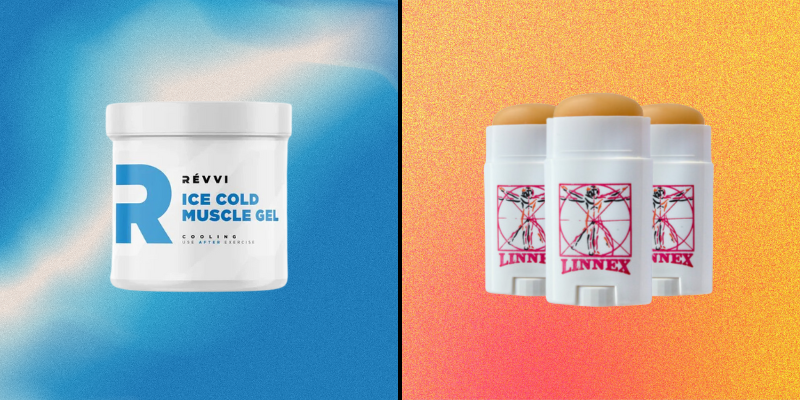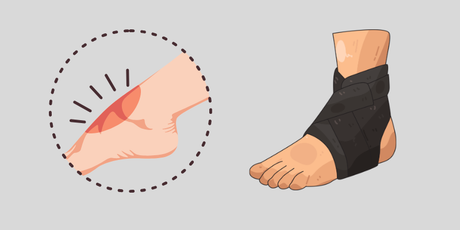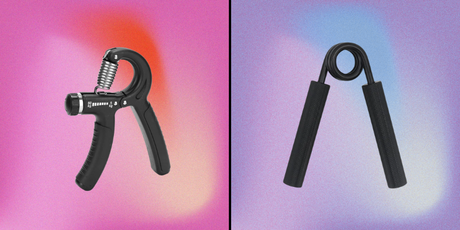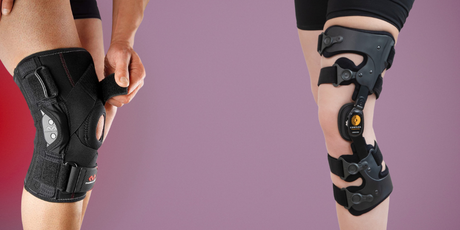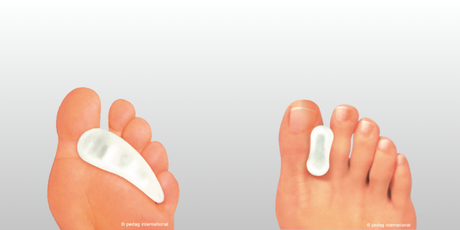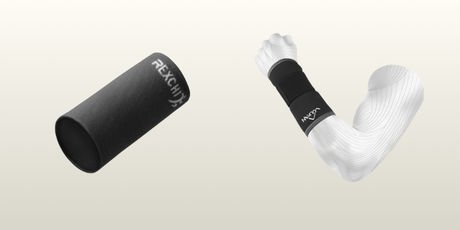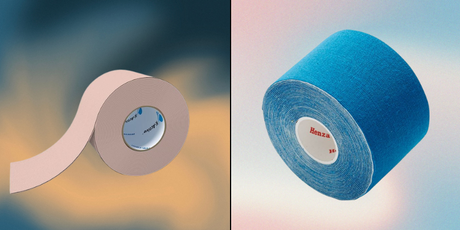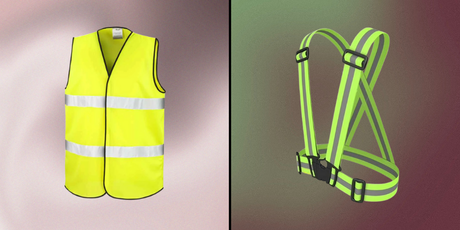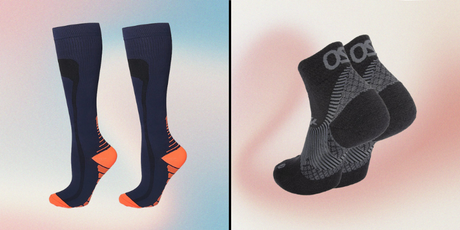Muscle soreness, joint stiffness, and everyday aches can interfere with performance and quality of life. Whether you're an athlete recovering from a tough workout, someone with chronic pain, or just looking for effective relief after a long day, liniment is a time-tested solution that deserves attention. Often compared to popular products like Icy Hot, liniments have a long-standing place in sports medicine and rehabilitation. In this guide, we'll explore what liniment is, how it works, what it's good for, and why it remains a must-have in many recovery routines.
While you're here, you can take a look at our large collection of different kinds of liniments.
What is liniment?
Liniment is a topical preparation designed to relieve pain and stiffness in muscles and joints. It is typically applied by rubbing it into the skin over the affected area. Liniments may come in various forms, including liquid solutions, creams, gels, sprays, or balms, and are formulated with active ingredients that provide warming or cooling sensations. These sensations help to ease discomfort and promote healing. While liniments have been used for centuries in traditional medicine, modern formulations often combine natural and pharmaceutical components to maximize their effectiveness.
- Common active ingredients include:
- Menthol: Provides a cooling sensation that helps distract from deeper pain.
- Camphor: Stimulates circulation and delivers a warming effect.
- Methyl salicylate: A relative of aspirin, known for its anti-inflammatory properties.
- Capsaicin: Derived from chili peppers, it produces a warming sensation that helps reduce nerve pain signals.
What does liniment do?
Liniment works on the surface of the skin and deeper tissues to provide a range of therapeutic effects. It’s not just a simple rub-on remedy — it’s designed to activate the body’s own pain-relief mechanisms through targeted stimulation. When applied correctly, liniments can reduce discomfort, improve mobility, and even help accelerate recovery when used alongside other rehabilitation tools and therapies. The immediate sensation from liniment application often gives users fast relief, making it a popular choice for athletes, fitness enthusiasts, and individuals with chronic musculoskeletal conditions.
- Key functions of liniment include:
- Pain Relief: Liniment interrupts pain signals by activating sensory nerves on the skin, creating a sensation that temporarily overrides pain perception.
- Anti-Inflammatory Effects: Some formulations include ingredients that help reduce swelling and inflammation.
- Muscle Relaxation: The warming or cooling effect can ease muscle tightness and stiffness, improving range of motion.
-
Improved Blood Flow: By stimulating circulation to the area, liniment may help with the delivery of oxygen and nutrients, promoting faster healing.
What is liniment good for?
Liniment is versatile and can be used for a wide range of conditions and discomforts. Its primary use is for musculoskeletal issues, but its benefits extend beyond just post-workout soreness. Whether you're managing chronic joint pain or recovering from a sports injury, liniment provides both symptom relief and support for the healing process. It’s especially useful for individuals who prefer non-oral pain solutions or who need targeted relief without systemic side effects.
- Liniment is especially helpful for:
- Muscle Strains and Sprains: Relieves discomfort and swelling due to overuse or injury.
- Arthritis Pain: Helps manage joint inflammation and stiffness, especially in knees, hands, and shoulders.
- Back and Neck Pain: Offers localized relief for tension and chronic discomfort.
- Sports and Exercise Recovery: Useful for post-workout soreness and minor injuries.
-
General Aches and Pains: Effective for daily wear-and-tear pain, especially after manual labor or long hours standing.
How does liniment work?
Liniment functions by interacting with the nerve receptors in your skin and underlying tissue. These formulations use what are called counterirritants — substances that produce sensations of warmth or cold, which confuse the nervous system and diminish the perception of pain. Some liniments go a step further, using ingredients that directly reduce inflammation or improve blood flow. The result is a complex but effective cascade of reactions that bring fast and localized relief without the side effects of oral medications.
- The science behind liniment involves:
- Counterirritant Action: Ingredients like menthol and capsaicin stimulate nerve endings, effectively distracting the brain from pain.
- Thermal Sensation: The warming or cooling effects relax muscles and reduce stiffness.
- Enhanced Circulation: Some liniments promote vasodilation (widening of blood vessels), improving blood flow to the injured area.
- Deeper Penetration: Alcohol-based formulas help ingredients absorb faster into the skin for quicker relief.
Choosing the right liniment
Not all liniments are created equal. Choosing the right one depends on your needs, skin sensitivity, and the specific condition you’re treating. Some products are formulated to cool sore muscles, while others deliver deep, penetrating heat to stiff joints. Dual-action liniments combine both sensations and are favored by many athletes. It’s important to read the labels and product descriptions carefully, especially if you have sensitive skin or allergies.
- Types of liniments to consider:
- Cooling Liniments: Best for acute injuries like sprains, offering anti-inflammatory benefits.
- Warming Liniments: Great for chronic conditions like arthritis or muscle knots.
- Dual-Action Liniments: Combine hot and cold sensations for comprehensive relief.
- Natural or Herbal Liniments: Made with ingredients like arnica, eucalyptus, or turmeric for those seeking more holistic solutions.
We have a both warming liniment and cooling liniment options, so that you can order what is best for you.
Safety and application tips
While liniment is generally safe when used as directed, there are a few best practices to ensure optimal results and avoid irritation. It’s important to treat it like a medicine — follow instructions, avoid overuse, and store it properly. Always patch-test a small area if you're trying a new product for the first time.
- Best practices for using liniment:
- Apply to Clean, Dry Skin: For best absorption and effectiveness.
- Avoid Broken or Irritated Skin: Liniment may sting or worsen irritation.
- Wash Hands After Use: Prevent accidental contact with eyes or sensitive areas.
- Do Not Cover with Tight Bandages: Unless specifically instructed, as this can intensify the effects and potentially cause skin burns.
-
Use Only as Needed: Avoid excessive use which can lead to skin sensitivity or allergic reactions.
Final thoughts
Liniment remains a trusted ally in pain relief and muscle recovery. Whether you're managing daily aches or recovering from injury, its targeted action makes it a smart addition to your rehab toolkit. With proper use, liniment can help you move more freely, recover faster, and reduce reliance on oral medications. As always, consult your healthcare provider if you're unsure whether liniment is right for your condition.
